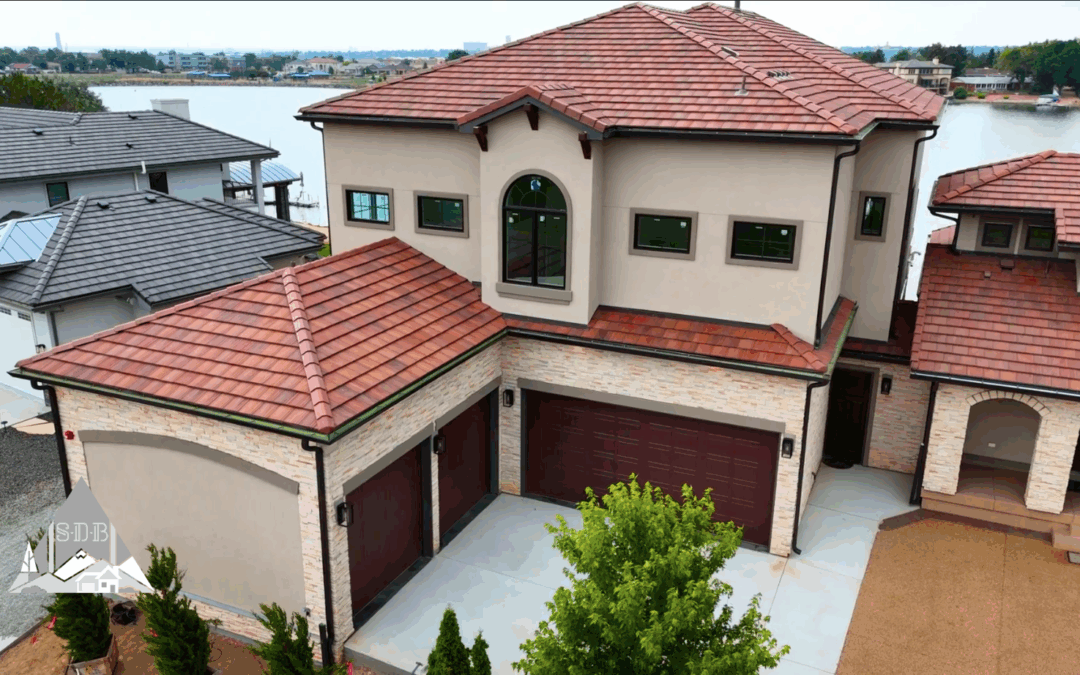
Jul 30, 2025 | Company News
At Sustainable Design Build, we’re proud to celebrate nine years of serving the Denver community with high-quality home building and remodeling services. Over nearly a decade, we’ve grown from a small, passionate team into a trusted name in the Denver metro area—known for our expertise, transparency, and commitment to turning dream homes into reality.
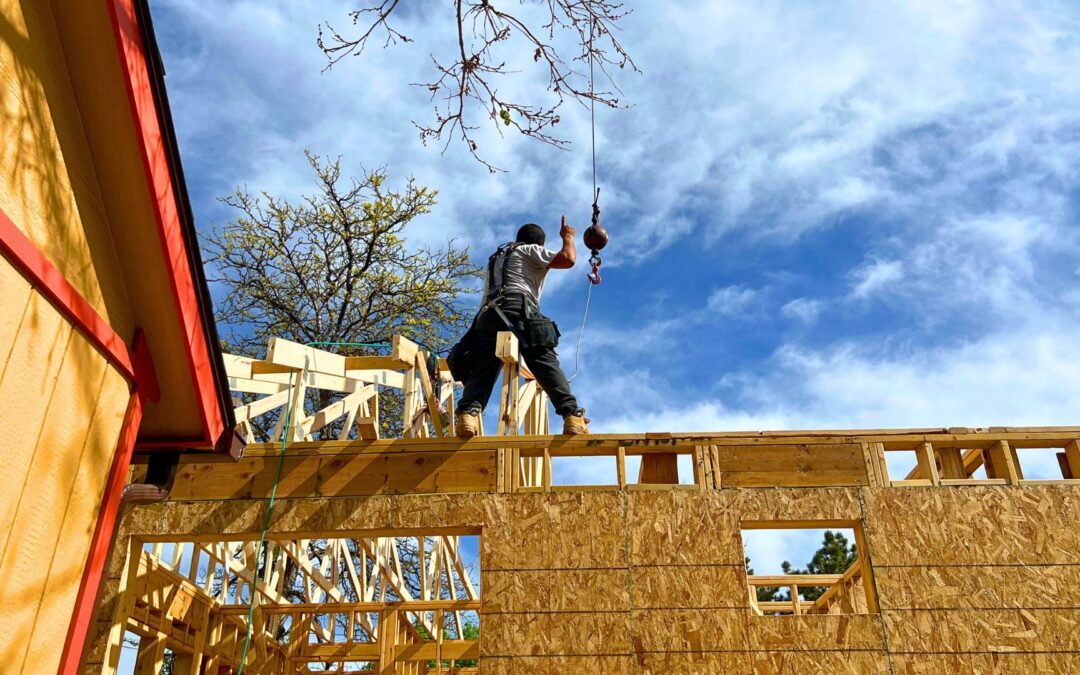
Jul 29, 2025 | The Construction Industry
Why Building a Home Addition Might Be Smarter Than Buying in Today’s Market. With limited choices staying in your home today might be best.
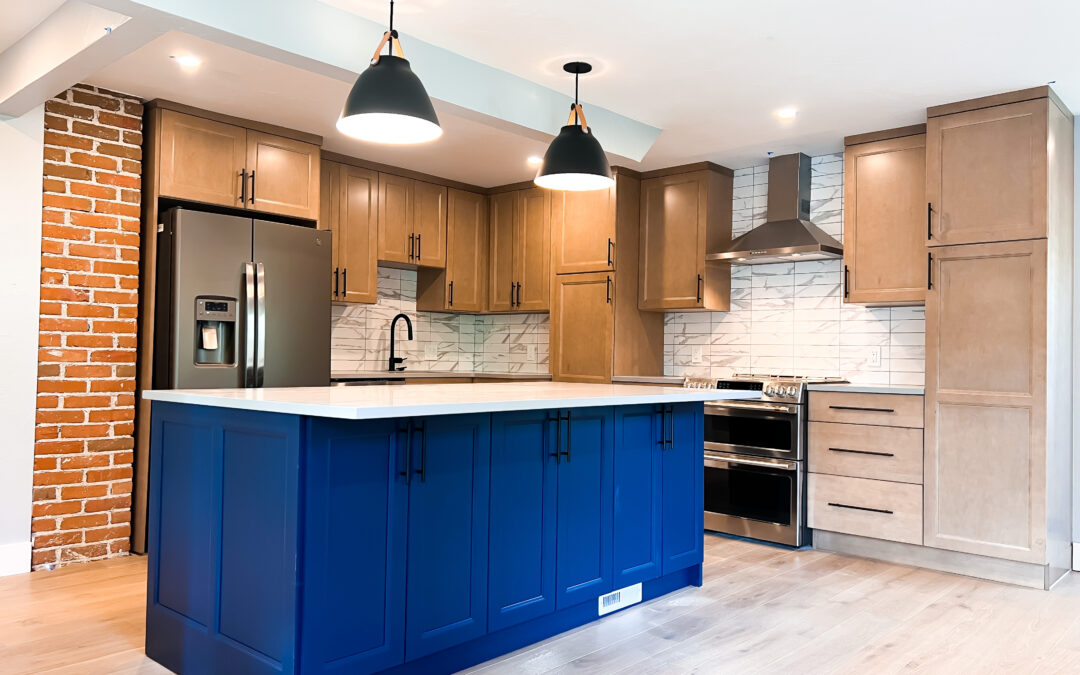
Jul 25, 2025 | Interior Design
At first glance, a stunning kitchen remodel or luxurious bathroom upgrade might seem like it’s all about aesthetics—elegant finishes, perfectly matched colors, and sleek, functional layouts. But at Sustainable Design Build (SDB), we know that true luxury lives at the intersection of design and engineering.
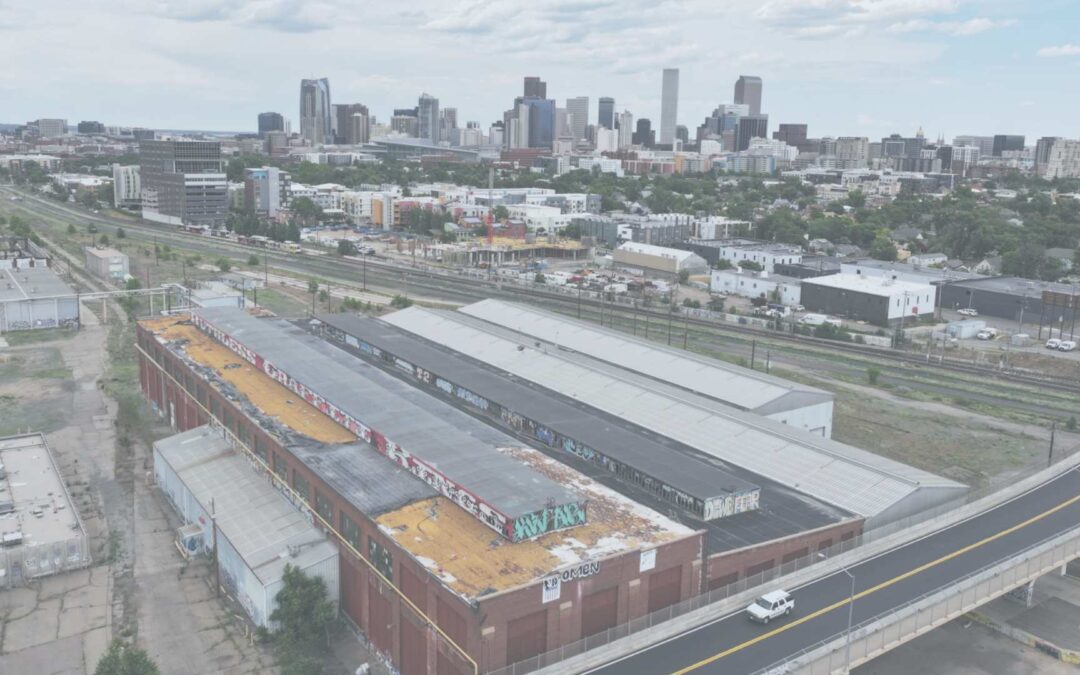
Jul 24, 2025 | The Construction Industry
Big changes are coming to central Denver—and they might just be the spark that ignites a new wave of home improvement and custom home building across neighborhoods like Lincoln Park, Baker, and Sun Valley.
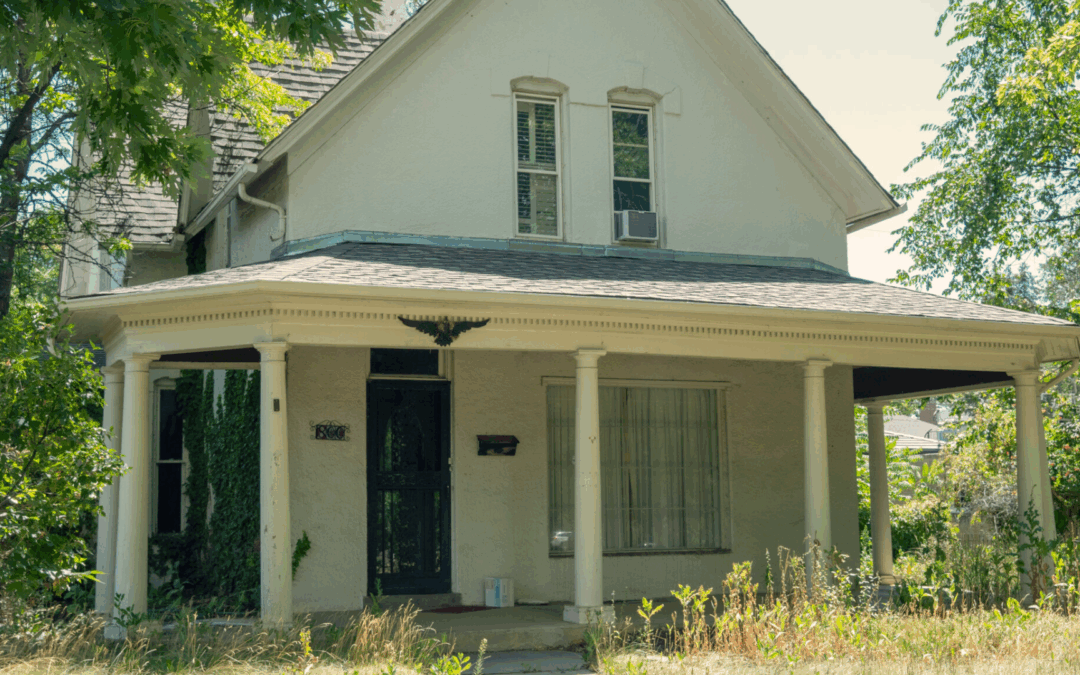
Jul 18, 2025 | The Construction Industry
When Tony and Robin Kohake purchased the corner-lot property at 800 S. Franklin St. in Denver, they had a clear vision: tear down the aging 1890 structure and build a Tudor-style home where they could raise their four kids with a spacious backyard in Washington Park. But like many homeowners hoping to build a custom home, ADU, or major addition in Denver, they quickly discovered that a clear vision doesn’t always mean a clear path.
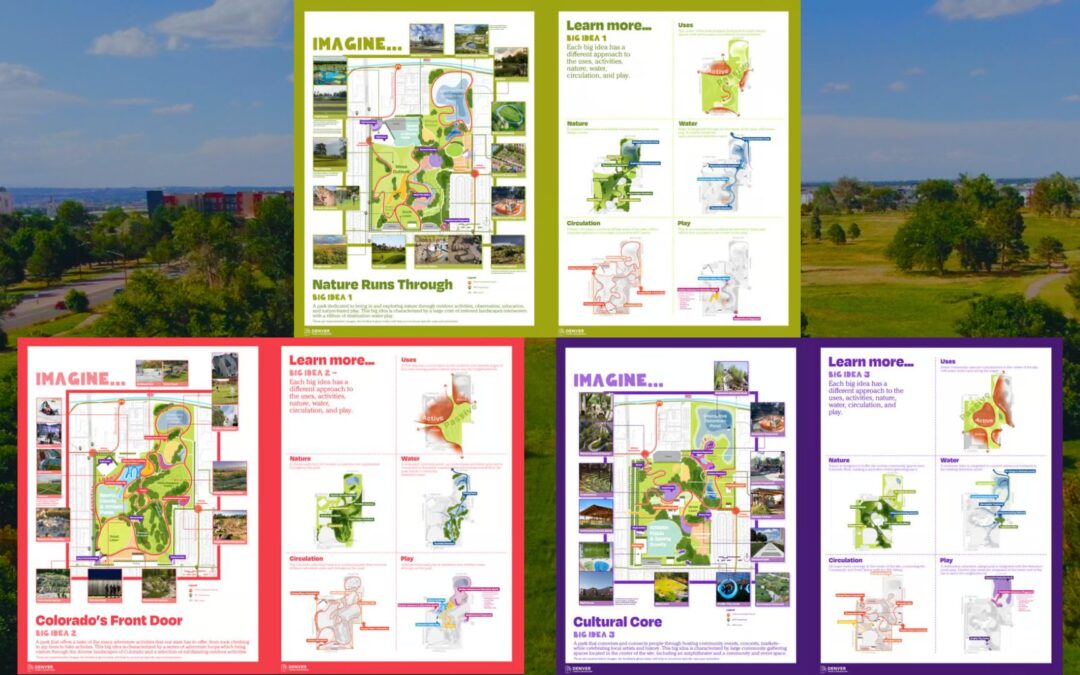
Jul 17, 2025 | The Construction Industry
Big changes are coming to Denver’s historic Park Hill Park and neighborhood—and they’re not just happening on city land. The long-disputed 155-acre Park Hill Golf Course site is being reimagined as a vibrant community park, thanks to a citywide visioning effort by Denver Parks and Recreation. With three inspiring concepts on the table—“Nature Runs Through,” “Colorado’s Front Door,” and “Cultural Core”—the project has the whole city dreaming.
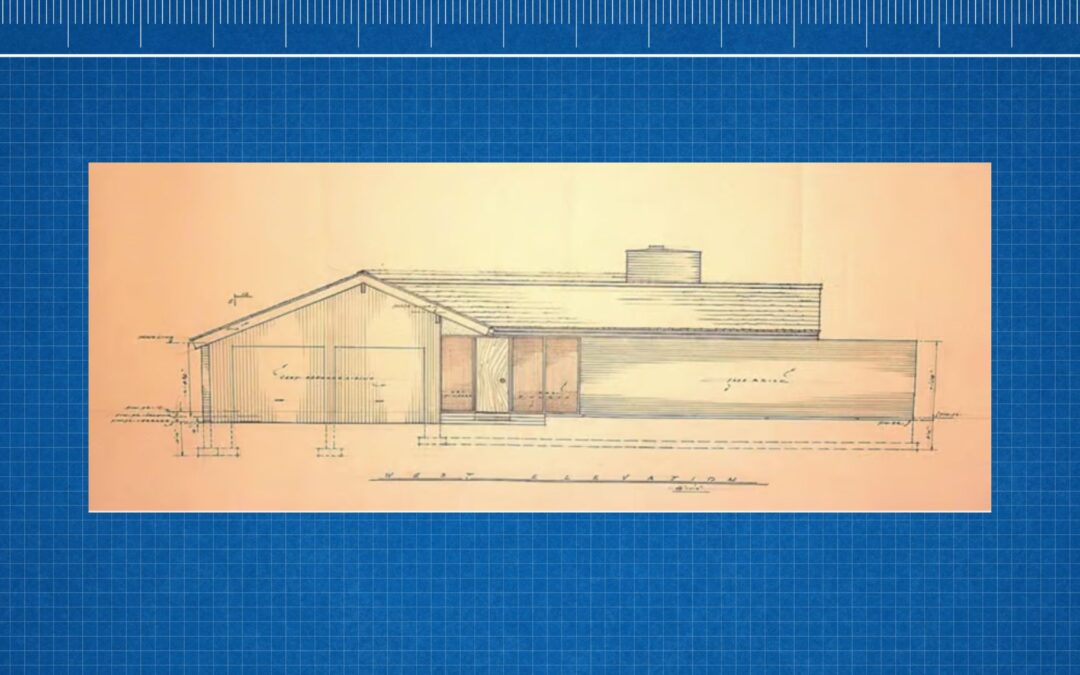
Jul 15, 2025 | Resources
A modest-looking bungalow at 510 S. Garfield Street in Denver’s Belcaro neighborhood is under consideration for landmark designation, potentially shielding it from demolition. While its exterior appears ordinary, the interior showcases a rare and remarkably preserved example of Usonian architecture—a midcentury style pioneered by Frank Lloyd Wright in the 1930s to bring modern design to middle-class homes.
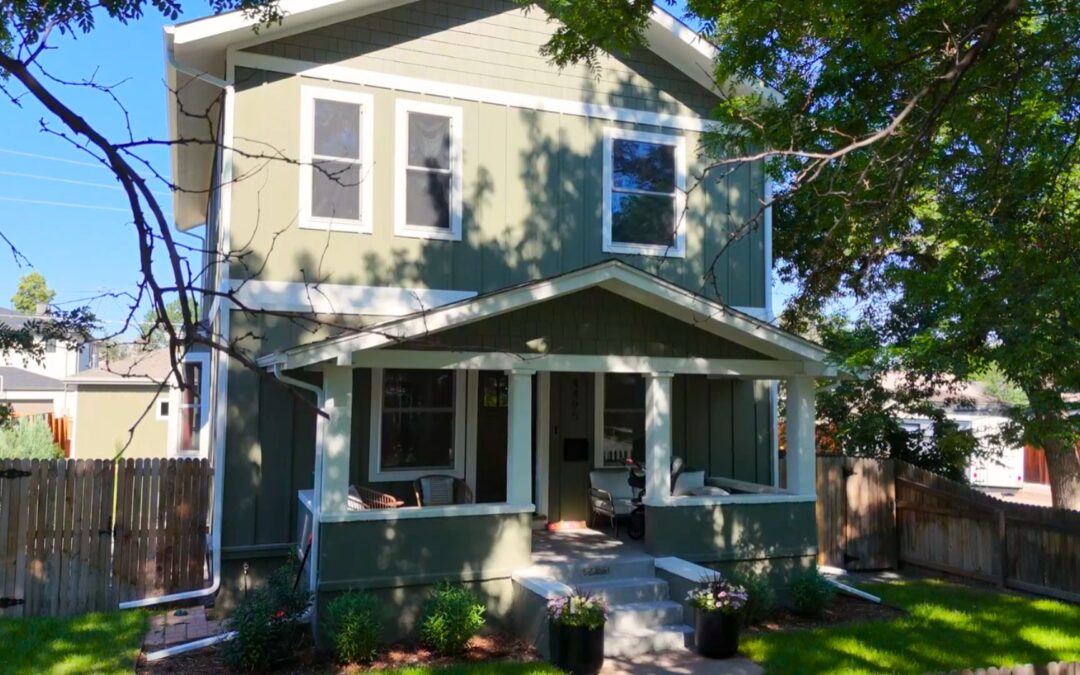
Jul 10, 2025 | Construction Progress
When most homeowners consider a home addition, they’re typically looking to solve a problem: a growing family, a need for a home office, or simply the desire for more functional square footage. But what if the solution went far beyond the problem? What if a home addition could not only add space—but also elevate your home to feel entirely custom, luxurious, and transformed?
At Sustainable Design Build, we’ve seen this vision come to life time and again. One recent example? A beautifully executed pop top home addition project in Denver’s iconic Berkeley Neighborhood that now rivals the aesthetic and craftsmanship of any newly built custom home.
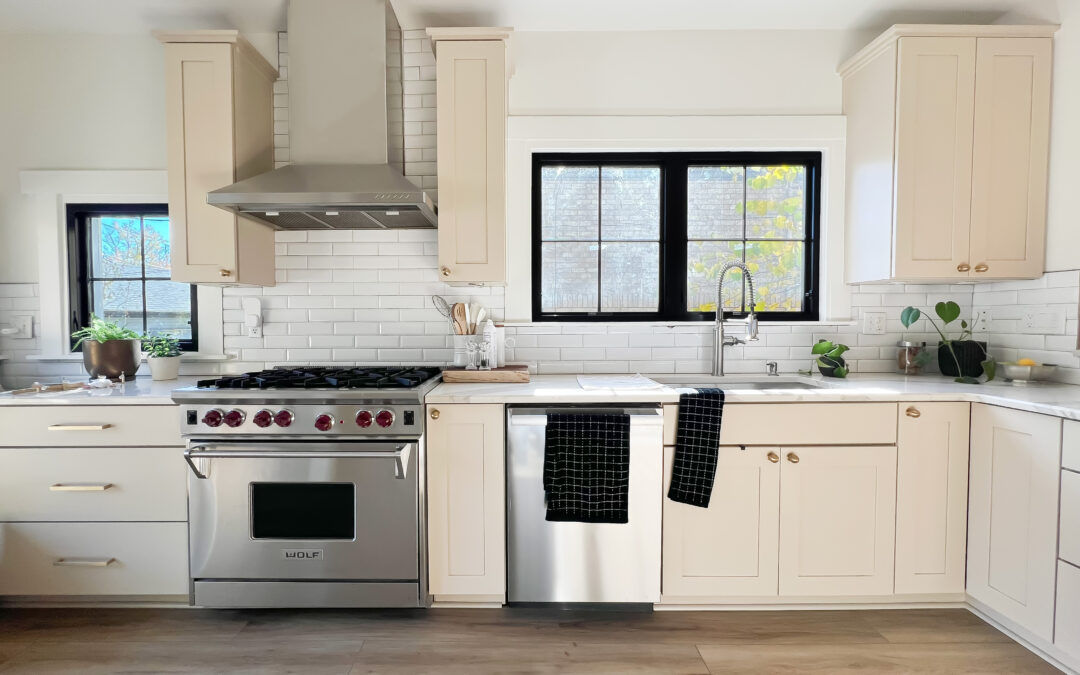
Jul 9, 2025 | Interior Design
When it comes to elevating a high-end renovation or custom home, few design elements are as transformative—or as foundational—as cabinetry. At Sustainable Design Build (SDB), we view cabinetry not just as storage, but as a defining architectural feature that anchors the functionality, aesthetics, and flow of a space. Here’s why we consistently choose custom cabinetry for our most refined and personalized projects.
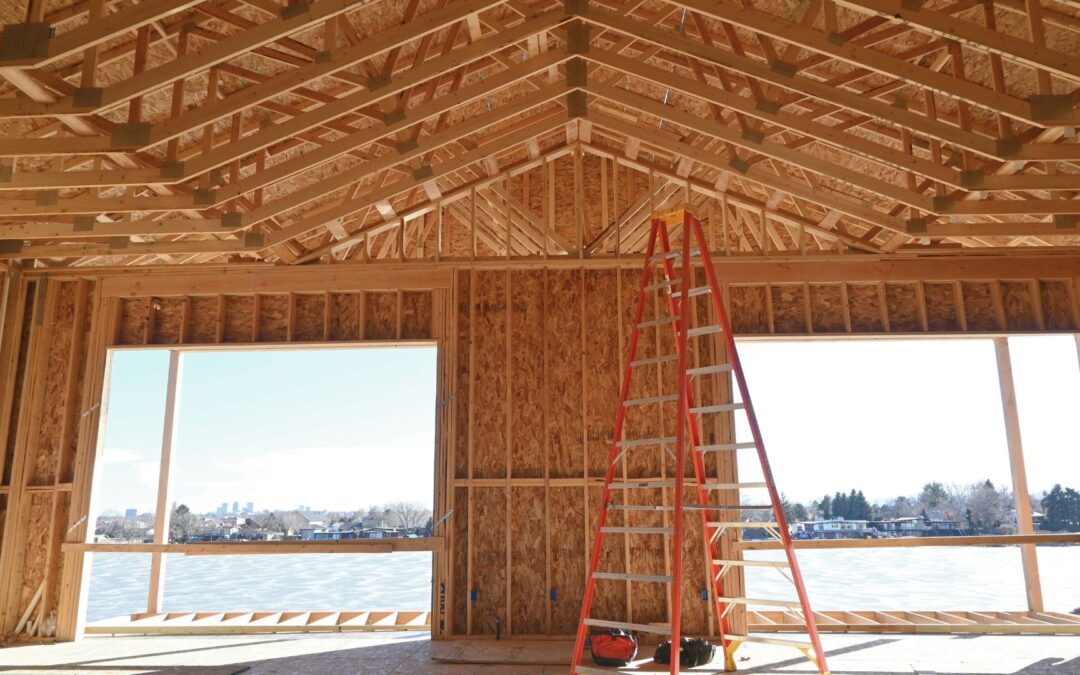
Jul 8, 2025 | Construction Progress
As the long days of summer begin to shorten and the back-to-school season peeks around the corner, many homeowners find themselves in a moment of transition—mentally, emotionally, and practically. You’ve had time to relax, travel, and maybe even host family and friends. But now, with routines about to return and schedules about to tighten, you might be asking yourself: Is this the right time to take on a home remodel or addition?
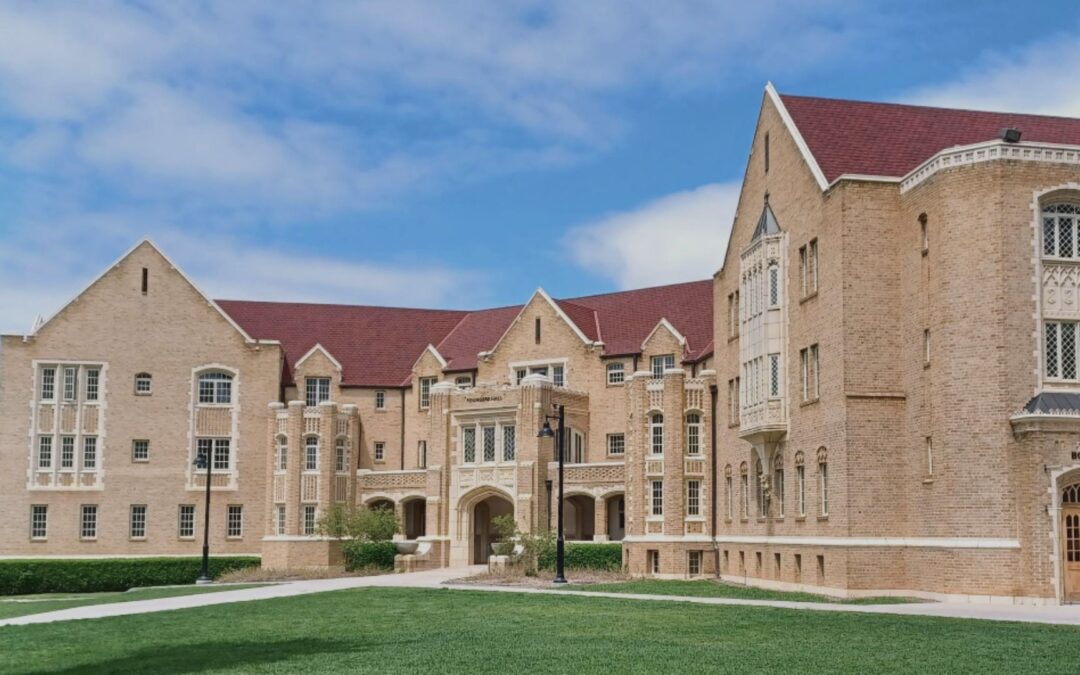
Jul 3, 2025 | Resources
The story unfolding at 400 S. Williams Street in Denver’s historic Washington Park neighborhood is more than just a preservation effort — it’s a reflection of a broader conversation happening across the city. Residents are becoming increasingly invested in the future of their neighborhoods, the architectural character of their streets, and the legacy they leave behind.
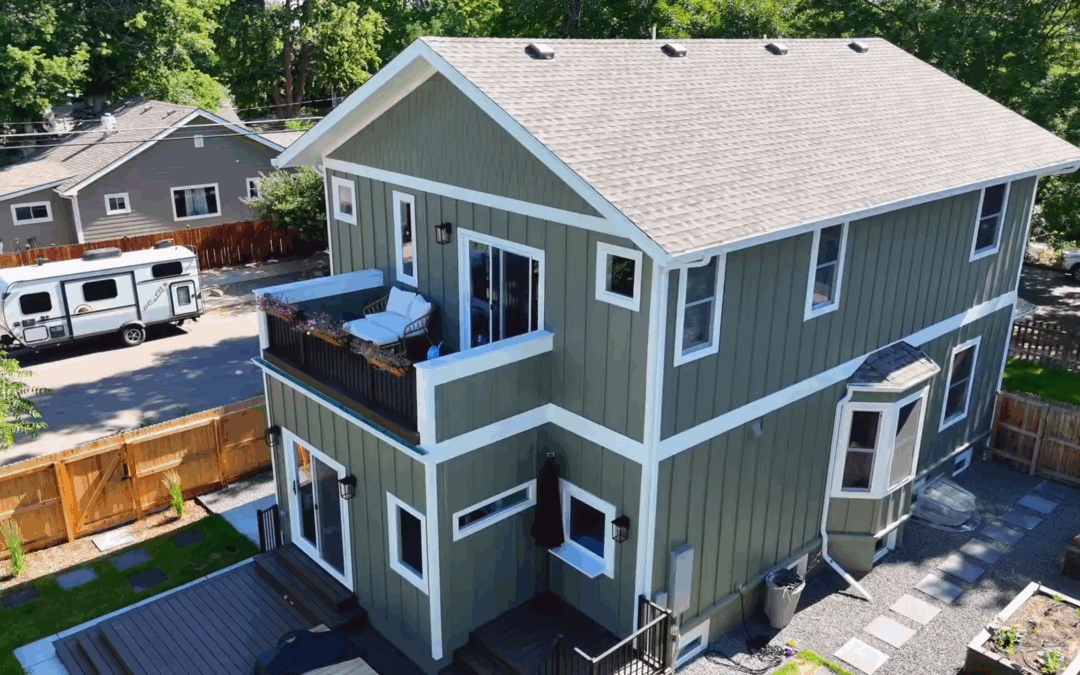
Jul 2, 2025 | Home Remodeling
In today’s real estate landscape, many Denver homeowners are asking the question: Is renovating your home truly a smart investment? The data and trends suggest a clear answer—yes. Not only are renovations enhancing lifestyle and functionality, but they are also delivering strong returns by adapting homes to modern needs without the costs and upheaval of relocation.
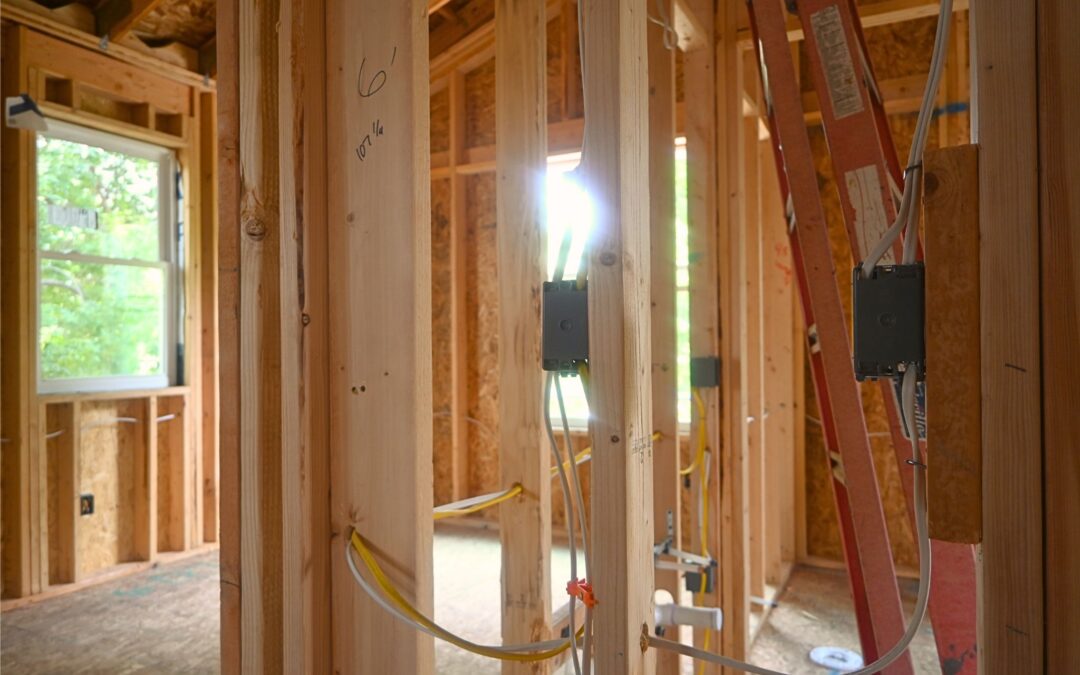
Jul 1, 2025 | Home Remodeling
A report found by Instant Roofer reveals that Denver homeowners are the biggest spenders in renovation projects in the US. Residents and homeowners have been notably investing more than the national average,especially in room conversions or home additions. Sustainable Design Build has noticed this shift in homeowners sentiment in the recent year or so. Families and households are looking for more space and upgrading their home since moving and homebuying is not as attractive as it used to be in the past. Many homeowners find it more accessible to build up on their home or build out – by tapping into their home’s equity and more, families are still able to achieve luxury custom homes without uprooting and losing out on many qualities they love about their existing home.














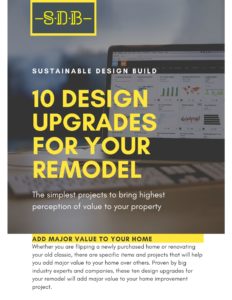
Recent Comments